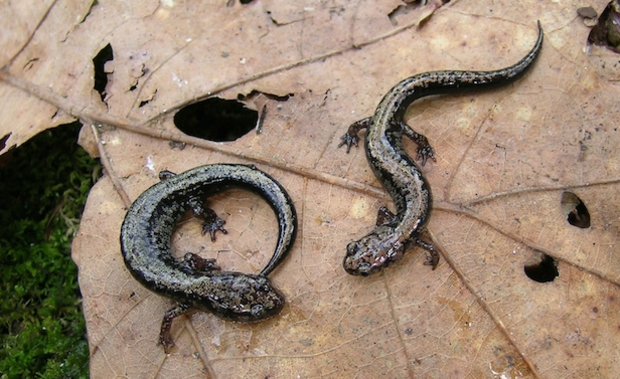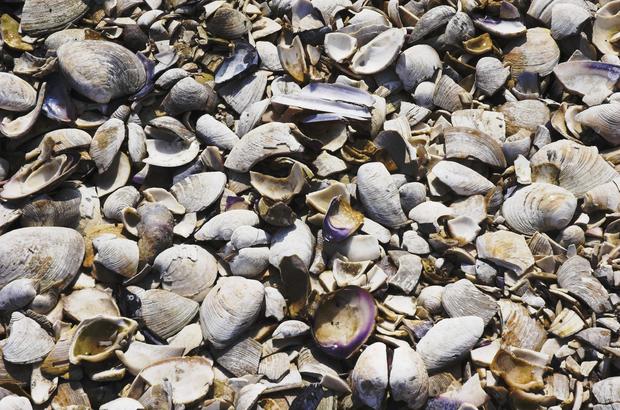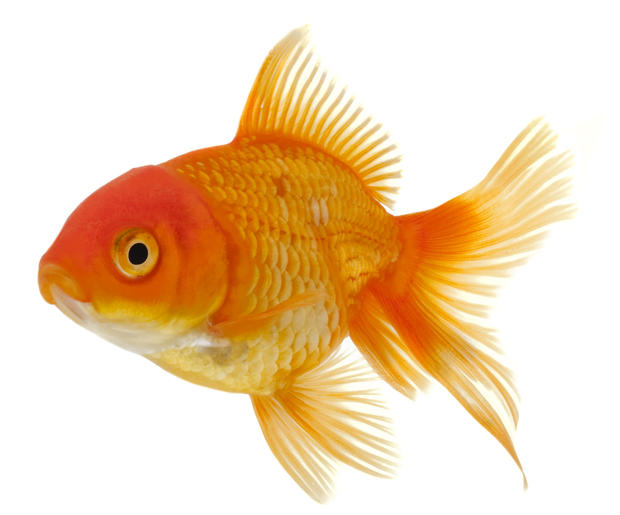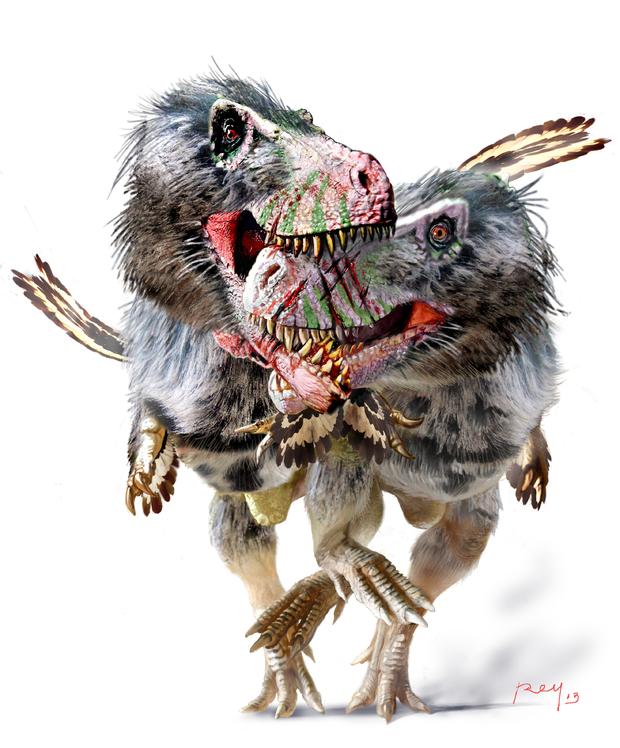Weirdest science news of the week
Computers used to consume whole rooms, but now one computer can fit on the edge of a nickel. At just one millimeter cubed, the Michigan Micro Mote (M^3) is the smallest autonomous computer in the world.
Despite its tiny size, the M^3 has the ability to take pictures, read temperatures and record pressure readings. Researchers hope to implement the microcomputer into a variety of applications ranging from medical to industrial purposes. Due to its micro-size, the M^3 can actually be injected into the body, where it can then perform ECGs and also take pressure and temperature readings.
With no space for a keyboard, mouse or display, the M^3 is programmed and charged via a high frequency strobe light.
Read the full story here.
Next...
Protected areas fail to protect
A new study in the Proceedings of the National Academy of Sciences finds there is a mismatch between the lands incorporated into protected areas and the habitats of the estimated 1,000 species of mammals, birds, reptiles, fish and plants most in need of protection. Most protected lands are in the West, the authors said, while many of America's endemic and most threatened species are found in the Southeast and the southern Appalachians, which lack adequate protections.
Read the full story here.
Next...
Clams catching contagious cancer
A lethal marine cancer killing clams along North America's East Coast is contagious, new research indicates.
Scientists say they've traced leukemia outbreaks among soft-shell clams from New York to Canada back to one case of cancer, which was transmitted to other clams.
"The evidence indicates that the tumor cells themselves are contagious -- that the cells can spread from one animal to another in the ocean," said researcher Stephen Goff of the Howard Hughes Medical Institute and Columbia University in New York City.
Just two other contagious cancers are known to exist in the wild: the canine-transmissible venereal tumor, which is spread by sexual contact; and theTasmanian devil facial tumor disease, which is spread through biting.
Read the full story here.
Next...
T-minus 10 years to alien contact
Bolstered by a flurry of recent discoveries, NASA scientists believe they could find evidence of alien life in the universe as early 2025.
"I'm going to say we are going to have strong indications of life beyond earth within a decade and I think we are going to have definitive evidence within 20 to 30 years," Ellen Stofan, NASA's chief scientist, said at a lecture Tuesday.
"We know where to look. We know how to look," she said. "In most cases, we have the technology and we are on the path to implementing it. So, I think we are on the road."
Jeff Newmark, NASA's interim director of heliophysics, predicted it was a matter of "when, not if" for the discovery of life beyond Earth.
Read the full story here.
Next...
Goldfish takeover
Thousands of goldfish are thriving in a Colorado lake -- and it's a species that shouldn't be there. Colorado Parks and Wildlife says they've got to go.
"We've got a serious problem out there," Jennifer Churchill with Colorado Parks and Wildlife said.
Churchill says it likely started with just a few fish a couple years ago, but now there may be as many as 4,000. And they're doing damage.
"These things wind end up downstream, they can introduce disease to the environment," Churchill said. "They can outcompete our native fish."
Removal options range from draining the lake and starting over, to electroshock.
Read the full story here.
Next...
Mystery methane mass
Scientists are working to pinpoint the source of a giant mass of methane hanging over the southwestern U.S., which a study found to be the country's largest concentration of the greenhouse gas.
The report that revealed the methane hot spot over the Four Corners region - where Colorado, New Mexico, Utah and Arizona meet - was released last year.
Now, scientists from the University of Colorado, the University of Michigan, the National Oceanic and Atmospheric Administration and NASA are conducting a monthlong study to figure out exactly where it came from.
Read the full story here.
Next...
"Warm blob" over Pacific causing weird weather in the U.S.
And speaking of odd spots, a new study suggests that a blob of warm water in the Pacific Ocean may be to blame for some of the bizarre weather in the United States this year.
From the dry spell in the West to the East Coast's endless snow season, the country has seen its share of weird weather so far in 2015. For that, scientists say, you can thank (or curse) a long, skinny blob in the Pacific Ocean about 1,000 miles (1,600 kilometers) off the West Coast, stretching all the way from Mexico to Alaska.
Read the full story here.
Next...
T-rex's cannibal cousin
Tyrannosaurs weren't just nasty predators -- they were also fighters, scavengers and cannibals.
A new study published Thursday in the journal PeerJ described injuries to the skull of a tyrannosaur called Daspletosaurus -- a smaller cousin to the famed Tyrannosaurus -- that were most likely inflicted by another Daspletosaurus, both before and after death. Several of the gashes were close in size and shape to the teeth of a tyrannosaur.
Translation: The young dinosaur was mauled and at least partially eaten by its own kind.
Read the full story here.
Also check out: dwarf dragons discovered in South America, a prehistoric terror bird that stalked its prey by listening for footsteps, the triumphant return of Brontosaurus to full-fledged dino status, and last week's weirdest science stories.






